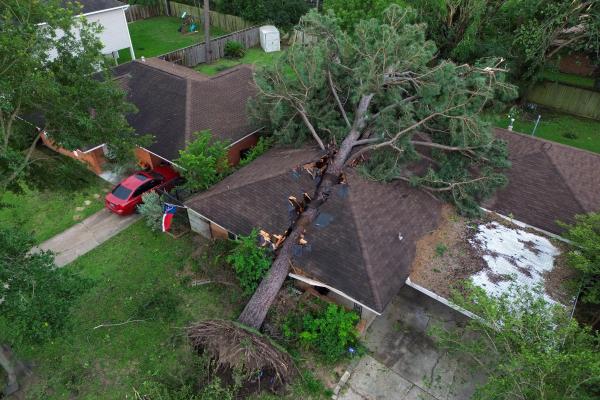2024 Breaks Records as Warmest Year in the U.S., with Midwest Experiencing Extreme Climate Anomalies

Earlier this month, the National Oceanic and Atmospheric Administration's (NOAA's) National Centers for Environmental Information (NCEI) released its assessment of the U.S. Climate, reporting that in 2024, the contiguous United States experienced its warmest year on record, with an average annual temperature of 55.5°F, a dramatic 3.5°F above normal.
The Midwest was among the most affected regions, with states like Minnesota, Wisconsin, Michigan, and Indiana recording their warmest year ever.
Extreme weather events shaped the year, including one of the most active tornado seasons in history, with 1,735 confirmed tornadoes nationwide—several of which caused significant damage in Midwestern states.
In addition, heavy rainfall events contributed to record-breaking one-day precipitation anomalies, straining resources in this vital agricultural and economic hub. Despite experiencing wetter-than-average conditions overall, the Upper Midwest also faced periods of drought, with coverage peaking at 54% of the contiguous U.S. in late October. This combination of flooding rains and dry spells created severe challenges for communities and agriculture across the region.
Tornado activity was particularly severe, with EF-4 tornadoes striking Iowa and Nebraska, leaving widespread devastation in their wake. These events, coupled with the warming trend, highlight the growing climate vulnerabilities in the heartland of the U.S.
While Hurricane Helene, the seventh-costliest Atlantic hurricane on record, garnered significant attention nationally, the persistent climate challenges in the Midwest revealed the Significant impacts of global warming in America's interior.
Experts emphasize the need for investments in climate adaptation and mitigation strategies to protect the region's communities and ensure the stability of its agricultural sector, which is crucial to the nation's food supply.
Learn more about the annual summary from NCEI, which is part of the climate services NOAA offers. For more detailed climate information, visit the comprehensive Annual 2024 U.S. Climate Report. For additional information on the statistics, visit the Climate at a Glance and National Maps.
